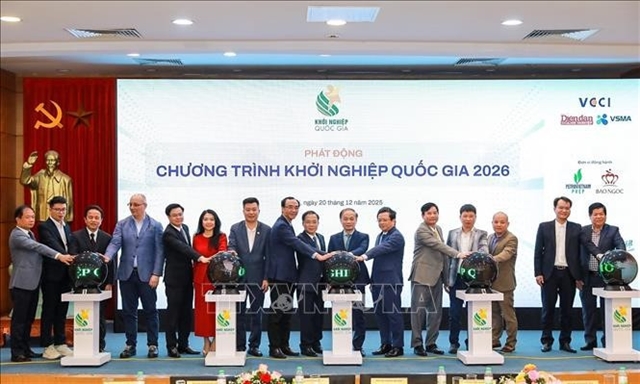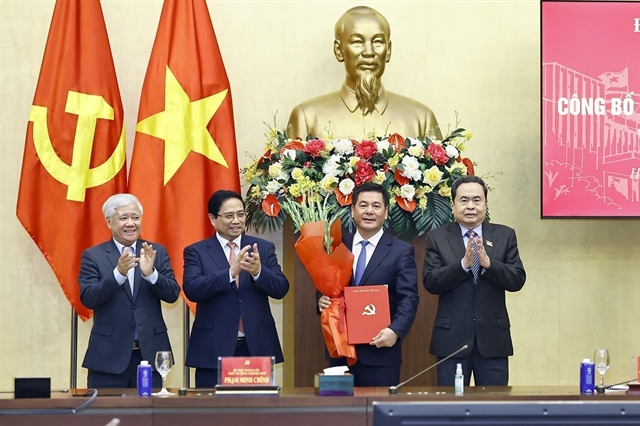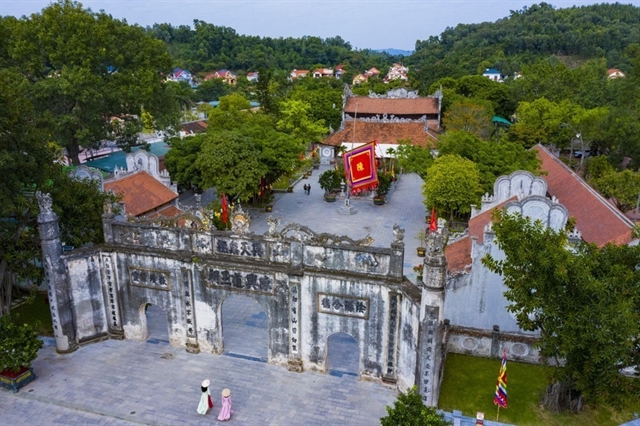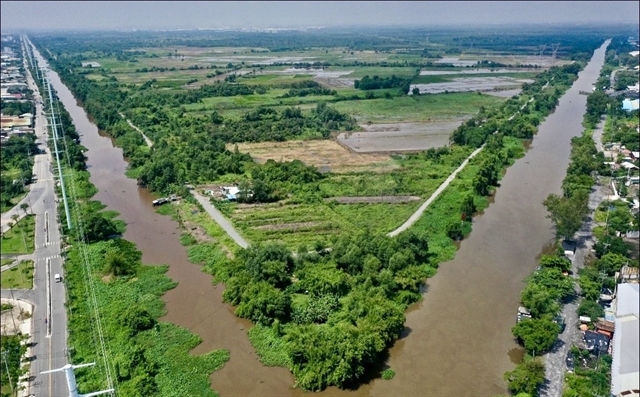 Society
Society

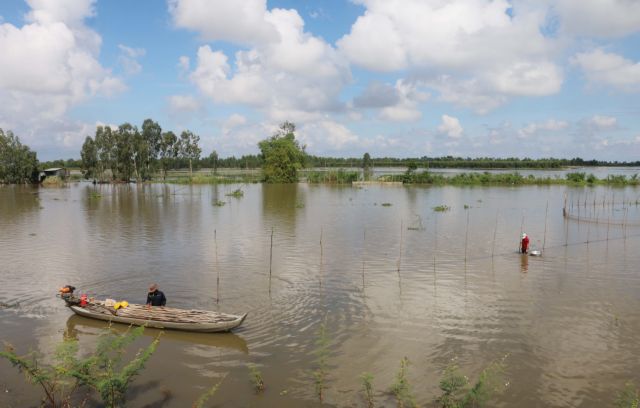 |
| Residents catch fish in a field filled with water in An Giang Province. — VNA/VNS Photo Công Mạo |
AN GIANG — Phú Hội Commune is traditionally one of the busiest fishing grounds in the Cửu Long (Mekong) Delta during the floating water, or flood season, but this year only a few small boats ventured out.
Phú Hội Commune is in An Phú District of An Giang Province, where the red alluvial water from Biển Hồ (Tonlé Sap) in Cambodia flows along the Mekong to Việt Nam.
Over the years, the Mekong River has provided much to local people, but recently the water has been low, meaning shrimp, fish and other seafood catches have plummeted.
Nguyễn Văn Ràng, 60, who lives in Phú Thuận Village, said that this year, the flood season returned early in June of the lunar calendar. The water was higher than in the last two years but still lower than many years ago.
By 4am, in a field filled with water, Ràng joins others with flashlights, all immersed in the water to try and make a living in the flood season.
Nguyễn Văn Hải, 51, another resident, is working with his 15-year-old son.
He said he starts the working day at 3-4am and is finished by about 10am.
Hải's life has been intertwined with the floating season since he was a child. He does farm work out of season, but his livlihood is fishing during the floating water season.
"People welcome the flood as if welcoming a friend coming with many presents. Fish in the flood water have fed people for decades, it is a part of the community. Without water, people feel something is missing," he said.
"When the water is high and we can catch much fish, we can earn a few hundred thousand đồng. But, if the water is low, the supply is only enough for the family to eat for a day," he said.
Fish market
Every floating water season, the Kênh Ruột Market in Phú Thuận Commune opens.
It is the largest fish market in the area.
The market opens at the beginning of the floating water season and closes when the water recedes.
Trader Nguyễn Văn Nghĩa, from Tắc Trúc Village in Nhơn Hội Commune, said that fish from the Kênh Ruột Market is sold to customers in Châu Đốc and Long Xuyên cities of An Giang Province, Cần Thơ and HCM City.
The market is open daily from 5am to about 9am.
Nghĩa said that in previous years, hundreds of small and large boats came every night to buy and sell fish. But now there are only about 20 boats.
Many people quit their work and left for HCM City, Bình Dương Province and other places to work in industrial zones.
Job transition
Phú Hội Commune has more than 2,600 households. As many as 30-40 per cent of them earn their living by catching seafood.
In the Phú Thuận Village, about 170 of the 657 households have left the area to work in industrial zones.
Nguyễn Văn Hậu, a resident, used to be one of them. However, after COVID-19, he decided to return to his hometown and continue working as a fisherman.
He earns about VNĐ400,000-500,000 ($17-20) per day.
He said the floating water season came earlier this year, so he and many others were excited. But in the long run, it was challenging to continue the job because the water was erratic, and fish and shrimp output were not much.
Đoàn Phú Trí, deputy chairman of the Phú Hội Commune People's Committee, said that this year's flood water was higher than last year and 2020, but still much lower than the average of many years ago.
The amount of fish, shrimp, crabs and snails is also growing gradually.
People's lives have become precarious, so most of them change jobs or work far away from their hometowns.
The commune People's Committee cooperates with the An Phú District's branch of the Bank for Social Policies to support households with loans to buy fishing equipment and tools. However, people are less attached to the profession and are not very interested.
Faced with this reality, An Phú District has introduced systems to stabilise people's lives, such as the model of short-term vegetable growing, crab farming, raising eels without mud, and growing rice in combination with community-based fishing.
The models aimed at gradually changing the habit of living based on nature to develop a sustainable economy. — VNS

